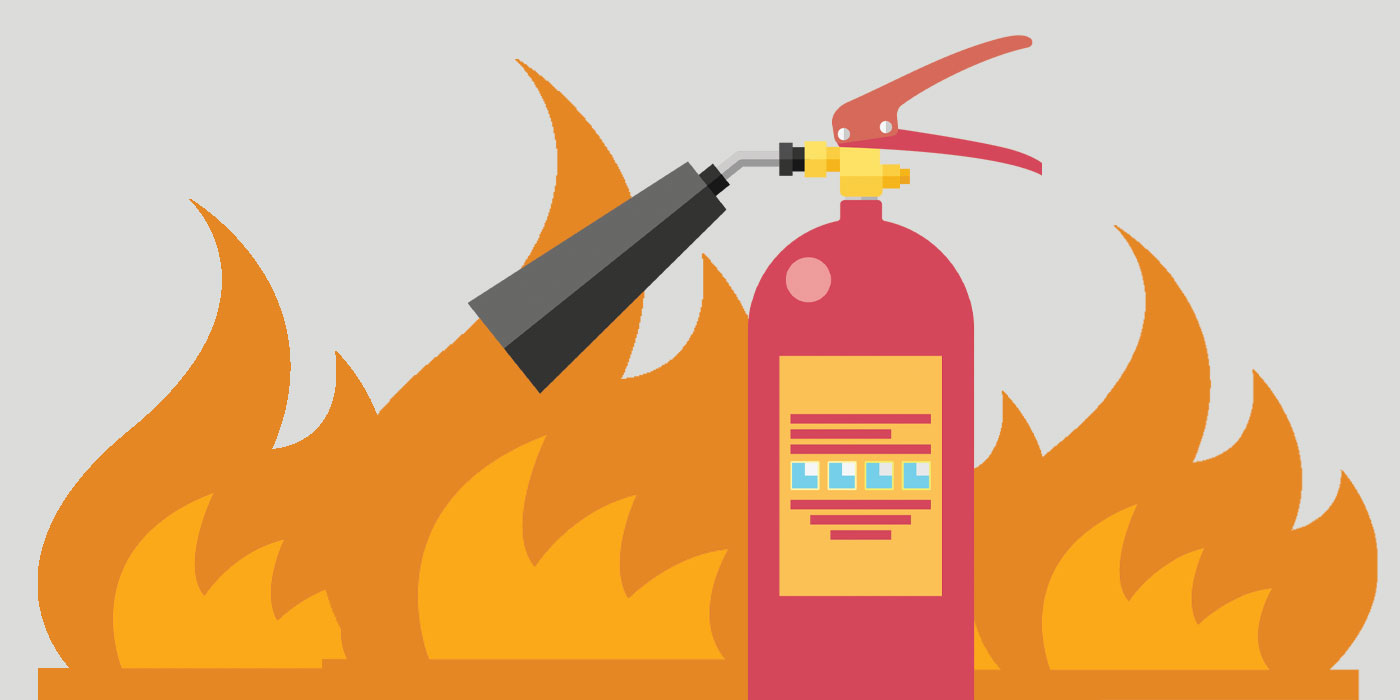For every company in Sydney it is essential to ensure that fire protection is not just legal, but it is an essential element of keeping employees as well as customers and property secured. A fire can cause devastating costs in the shortest time, but many of these risks are reduced or avoided with the proper security measures put in place. Regular inspections of fire hazards, regular tests of electrical systems and the compliance with CFSP standards all work in creating a safe and secure environment.
Why fire inspections are crucial to ensure safety
Inspections for fires are the initial defense against possible hazards. They verify that every part of a building’s protection system is in place and current. In Sydney the majority of businesses must conduct inspections every six or twelve months, based on the building type and council regulations. Inspections may cover everything from sprinklers to fire alarm systems, to smoke detectors, hydrants, and extinguishers.

What makes inspections so vital is their ability to identify problems that are not obvious before they become dangersome. It might not seem like a huge issue to you, but even a tiny issue that involves a fire hydrant or an alarm for smoke that’s not working, could result in fatality in the event of an emergency. Businesses that regularly check their fire hydrants ensure they are complying with their legal obligations and also safeguarding themselves from unforeseen disasters.
Test and Tag: Addressing Hidden Electric Risks
Electrical systems are one of the leading causes of workplace fires, which is why testing and tagging should always be part of a fire safety plan. This involves checking electrical devices for safety, functionality and compliance, after which placing a tag on the item to signify that the item is inspected. In many organizations it’s more than a standard procedure it’s a protection against the risk of risks that can go unnoticed.
If not checked outdated wiring, faulty appliances, or worn-out cables can become fire hazards. Businesses can reduce the risk of fires by testing regularly and marking electrical equipment. Additionally, it helps employees feel confident that their environment is safe, which builds confidence and trust in the workplace. In conjunction with testing, fire inspections, and tagging can provide a comprehensive safety strategy that minimizes risk on several fronts.
The job of CFSP to ensure compliance and Certification
In New South Wales only a Competent Fire Safety Practitioner (CFSP) can be accredit or sign vital documents regarding fire safety like the Annual Declarations on Fire Safety. Introduction of CFSP certification has enhanced fire safety standards, as it ensures only experts are qualified to review and verify the safety. For business owners working with a CFSP inspections and reports are not going to be a simple piece of paperwork but a reliable evaluation carried out by experts.
The role of a CFSP goes far beyond just ticking boxes. These professionals assess the performance and condition of fire protection systems and present complete report. They also ensure the compliance of regulatory requirements. Without CFSP certification, businesses risk fines, legal complications, or even shut downs if safety measures are considered to be inadequate. If you work with professionals certified in fire safety, you can make sure that your fire protection systems are properly maintained. You will also be able to fulfill all compliance requirements without unnecessary anxiety.
Fire Safety is a Continuous commitment
Fire safety is not a one-time obligation but it is a continuous responsibility for each business owner. The safety cycle continues with periodic inspections, testing of electrical systems on a regular basis, and certifying under CFSP supervision. In addition to ensuring compliance with law, this approach promotes an environment of safety in the workplace. Employees feel more confident when they know that evacuation plans, smoke alarms, emergency lighting, and fire suppression are all in place.
If you treat fire safety as an ongoing procedure and not just a checkbox that needs to be checked annually Businesses can cut down on risks and improve their standing. Customers and clients are more confident in an environment where safety is clearly emphasized. Proactive, long-term security measures against fires can save money through preventing expensive damage in the form of fines, legal actions or even lawsuits. It also safeguards everyone in the structure.
Conclusion
Sydney fire safety requires an approach that is multilayered, which includes fire inspections, testing tags and certifications by a CFSP. Each component plays an important role in keeping businesses compliant with regulations and, more crucially, in ensuring the safety of property and people is ensured. When safety becomes a consistent element of business instead of an added-on consideration, businesses can not only meet their legal obligations, they also ensure a safer and resilient environment for the future.